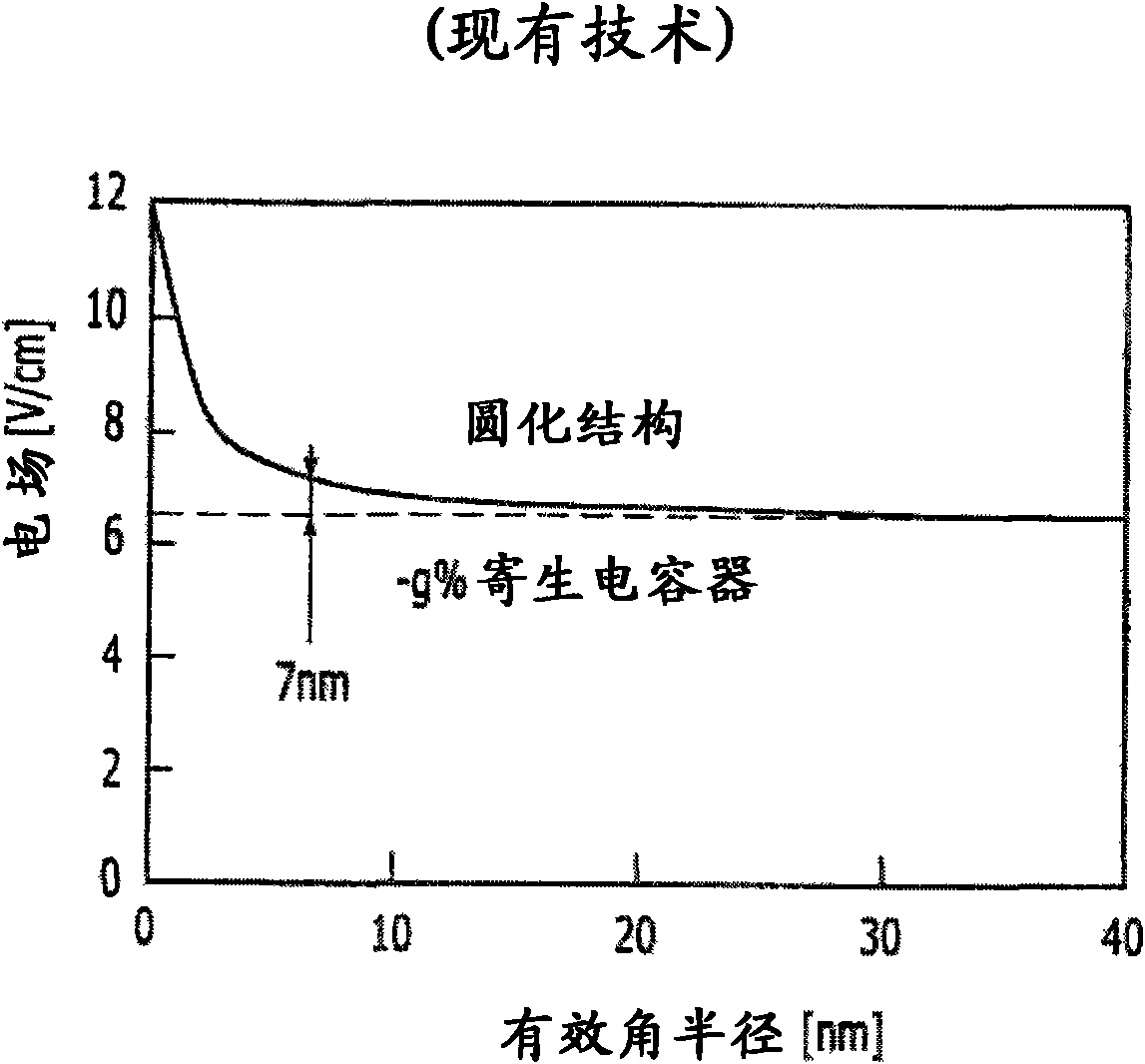Method for forming gate of semiconductor device
A technology for semiconductors and devices, applied in the field of forming gates of semiconductor devices, can solve problems such as degraded surface roughness, reduced lifetime of gate oxide layers, and degraded device characteristics
- Summary
- Abstract
- Description
- Claims
- Application Information
AI Technical Summary
Problems solved by technology
Method used
Image
Examples
Embodiment approach 1
[0033] Figure 4 is a perspective view of a tri-gate formed by the method of forming a tri-gate of a semiconductor device according to the first embodiment of the present invention. Figures 5A to 5G is a sectional view illustrating a method of forming a tri-gate of a semiconductor device according to the first embodiment of the present invention.
[0034] refer to Figure 5A , the substrate 100 is prepared. The substrate 100 is a silicon-on-insulator (SOI) substrate, and includes a support substrate 101 , a buried insulating layer 102 and a semiconductor layer 103 . Buried insulating layer 102 is formed of oxide to about or more, especially about ~ about thickness of. The semiconductor layer 103 is formed to be about or more, especially about ~ about thickness of. The semiconductor layer 103 may include an epitaxial layer.
[0035] refer to Figure 5B , sequentially forming a buffer layer 104 and a hard mask 105 on the substrate 100 . Buffer layer 104 is ma...
Embodiment approach 2
[0047] Figures 6A to 6J is a sectional view illustrating a method of forming a tri-gate of a semiconductor device according to a second embodiment of the present invention.
[0048] refer to Figure 6A , forming a buffer layer 202 and a hard mask 204 on the substrate 200 . Buffer layer 202 is made of oxide, such as silicon dioxide (SiO 2 )form. The buffer layer 202 may be formed through an oxidation process or a deposition process. In this embodiment, the buffer layer 202 is formed by an oxidation process. The hard mask 204 is made of nitride, such as silicon nitride (SiN or Si 3 N 4 )form. The hard mask 204 is formed by a low pressure chemical vapor deposition (LPCVD) process. A photoresist pattern 206 is formed on the hard mask 204 .
[0049] refer to Figure 6B , using the photoresist pattern 206 as an etching mask, the hard mask 204 and the buffer layer 202 are etched through an etching process. Thus, hard mask patterns 204A and buffer patterns 202A are formed....
Embodiment approach 3
[0064] Figures 7A to 7F is a cross-sectional view illustrating a method of forming a recessed gate of a semiconductor device according to a third embodiment of the present invention.
[0065] refer to Figure 7A , a device isolation layer 302 is formed in the substrate 300 by a shallow trench isolation (STI) process, and a buffer layer 304 is formed on the substrate 300 . Buffer layer 304 is made of oxide such as silicon dioxide (SiO 2 )form. In particular, the buffer layer 304 is formed of a thermal oxide layer or a tetraethylorthosilicate (TEOS) layer. The buffer layer 304 may be formed through an oxidation process or a deposition process. The oxidation process includes a dry oxidation process or a wet oxidation process. The deposition process includes a CVD process or a physical vapor deposition (PVD) process.
[0066] refer to Figure 7B , forming a photoresist pattern 306 on the buffer layer 304 . The buffer layer 304 is etched through an etching process using th...
PUM
 Login to View More
Login to View More Abstract
Description
Claims
Application Information
 Login to View More
Login to View More - R&D
- Intellectual Property
- Life Sciences
- Materials
- Tech Scout
- Unparalleled Data Quality
- Higher Quality Content
- 60% Fewer Hallucinations
Browse by: Latest US Patents, China's latest patents, Technical Efficacy Thesaurus, Application Domain, Technology Topic, Popular Technical Reports.
© 2025 PatSnap. All rights reserved.Legal|Privacy policy|Modern Slavery Act Transparency Statement|Sitemap|About US| Contact US: help@patsnap.com



